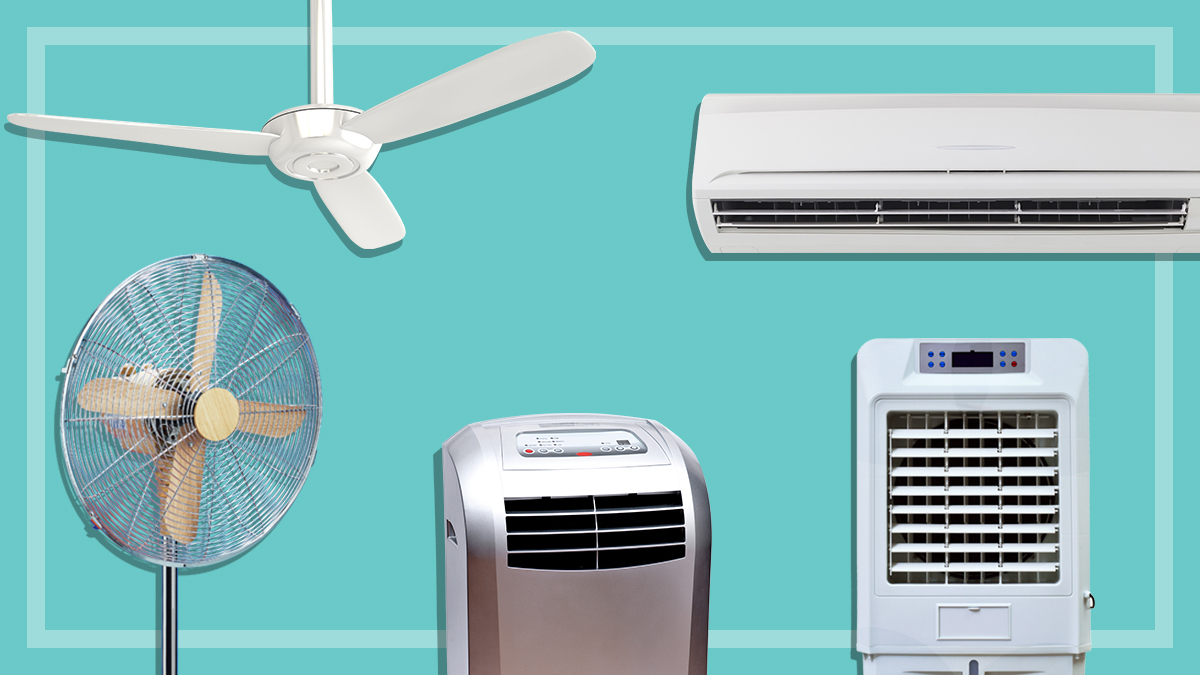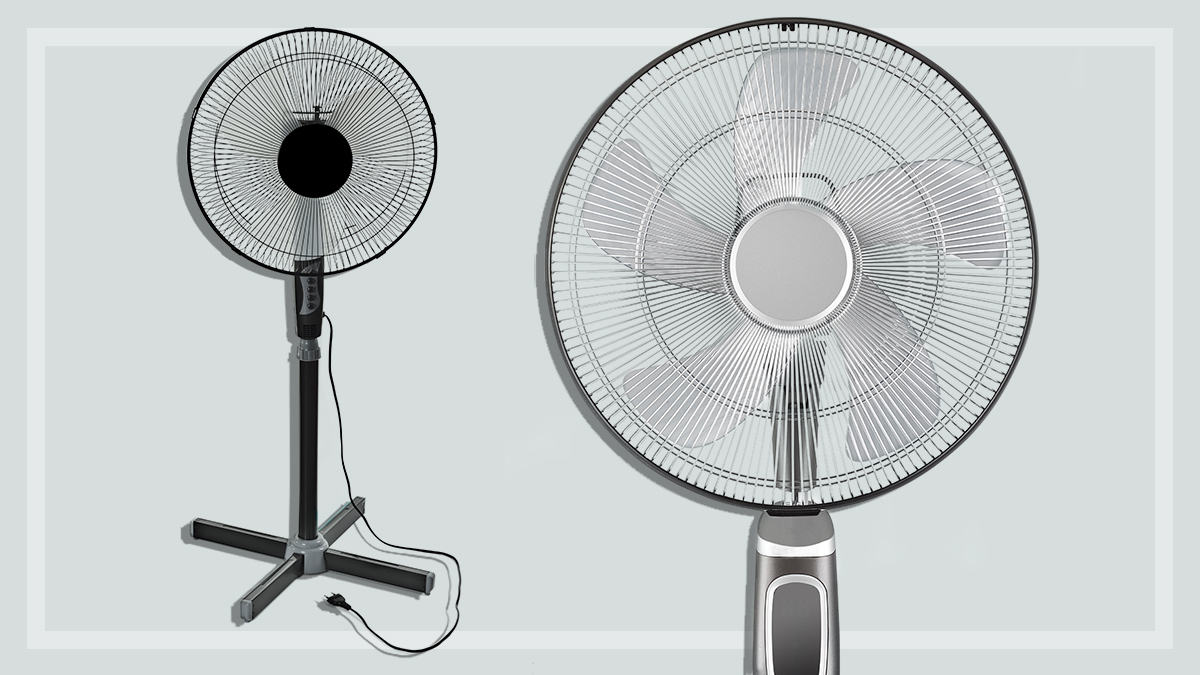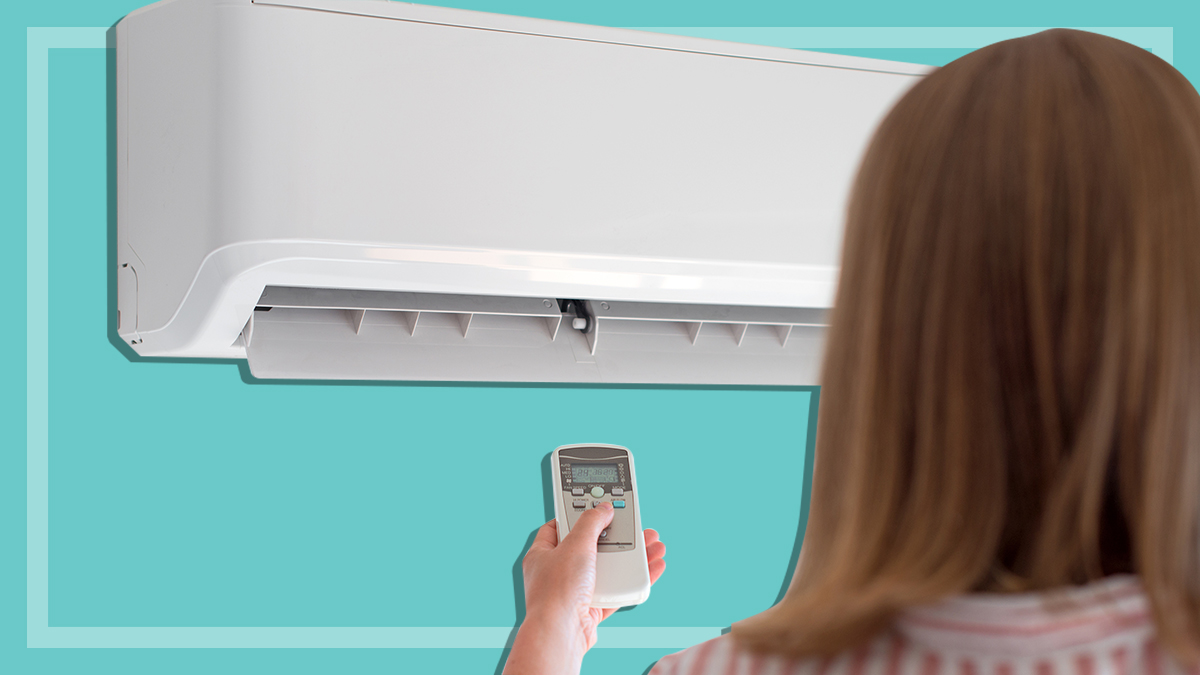Get our independent lab tests, expert reviews and honest advice.
How to install a portable air conditioner
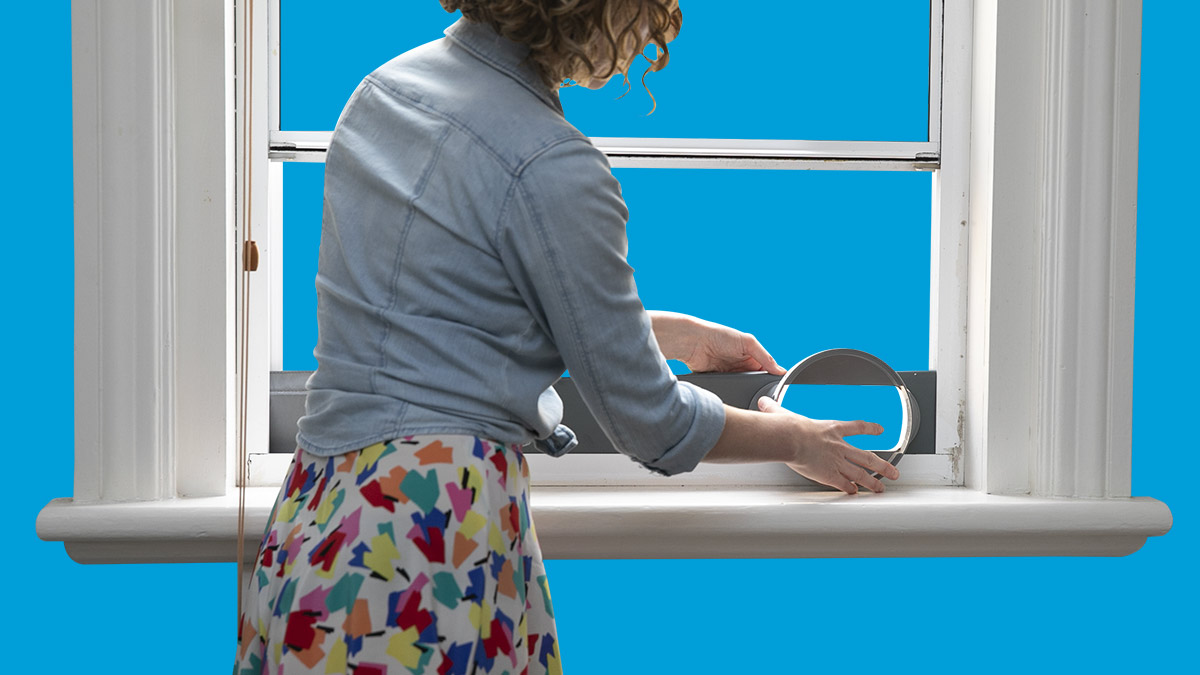
Battling the Australian summer without the aid of air con can be brutal. Portable air conditioners aren’t as effective as standard air conditioners at cooling a room, but if you’re renting so can’t install air conditioning or just don’t have the cash to splash on a split-system model, they’re certainly a better option than sitting around in a puddle of your own sweat!
We’ll talk you through how to install a portable air conditioner and how to get the most out of it once you do.
First, you’ll need a window kit (and a window)
Portable air conditioners suck in warm, humid air, then cool and dehumidify it and blow it back into the room. The heat that’s been extracted from the air is blown back outside via an exhaust vent. You need to install this vent in an open window.
Most portable air conditioners are supplied with a window kit which seals off the rest of the window to stop the cold air getting out and the hot air getting in.

How to install a portable air conditioner
As long as you have all the right parts and your window is the right size, installing a portable air conditioner is pretty straightforward, and you won’t need particularly high-level DIY skills to set it up. You may need a screwdriver, but that’s about it.
Sliding or sash window
Each model will differ slightly, but this is a general overview of how to install a portable air conditioner exhaust vent in a sliding or sash window.
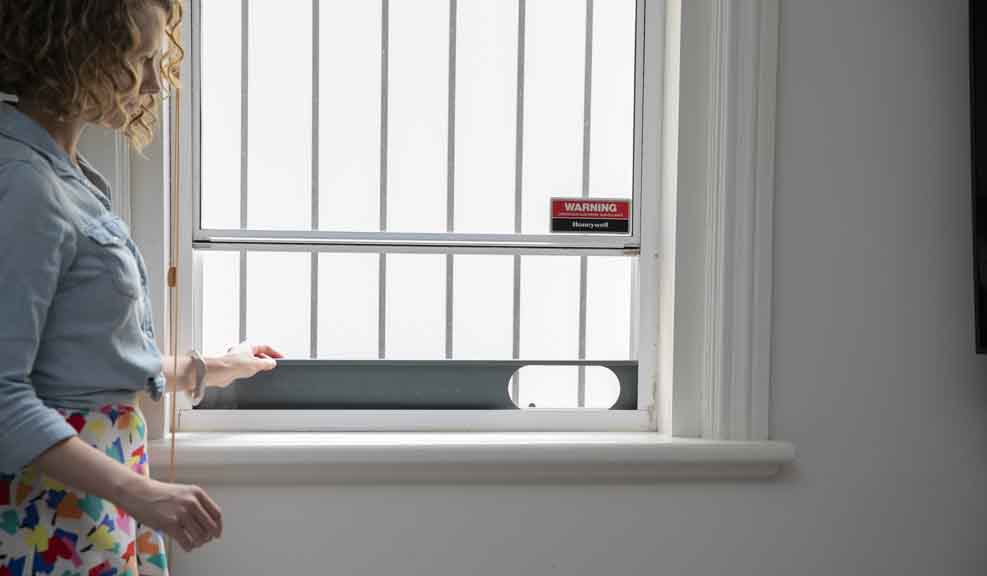
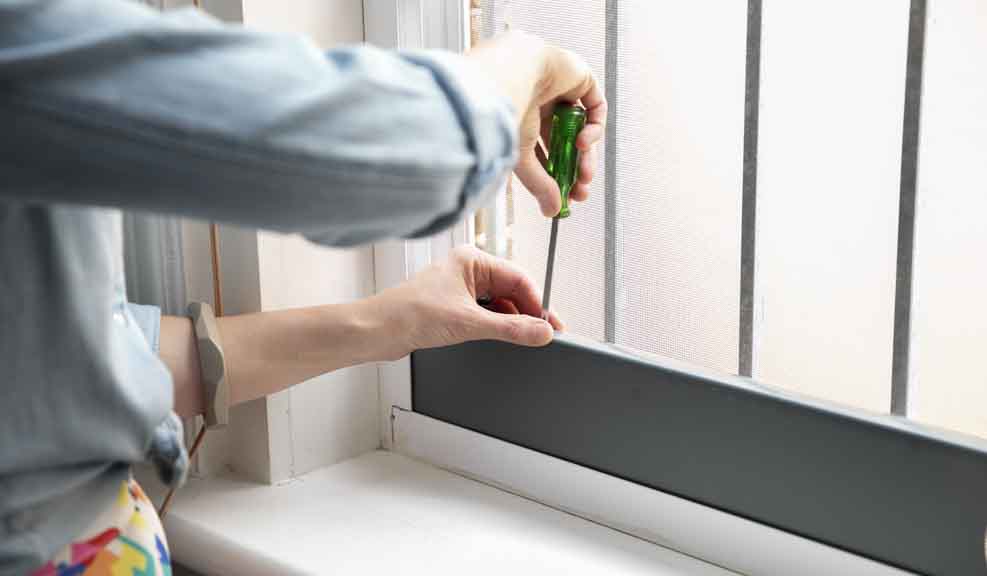
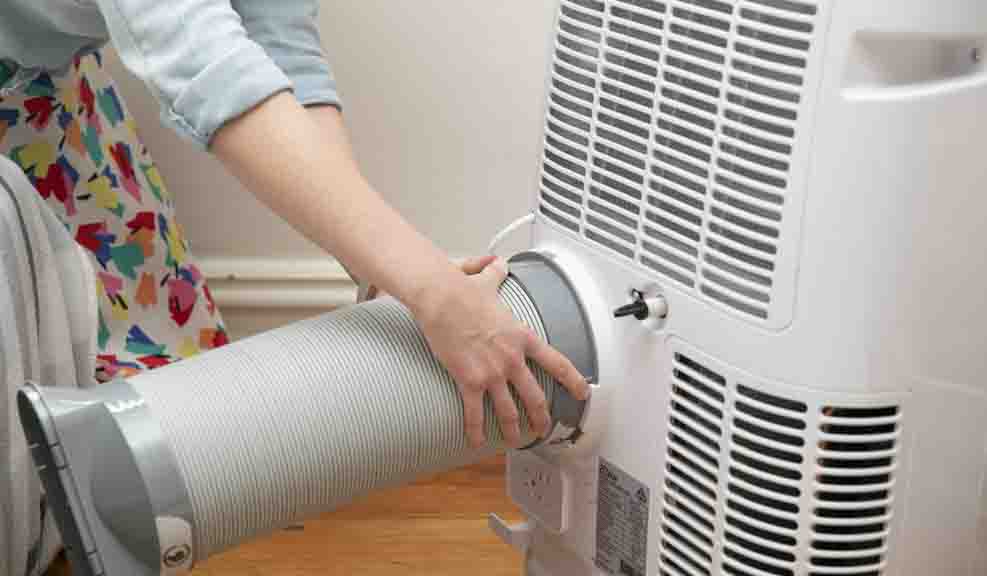
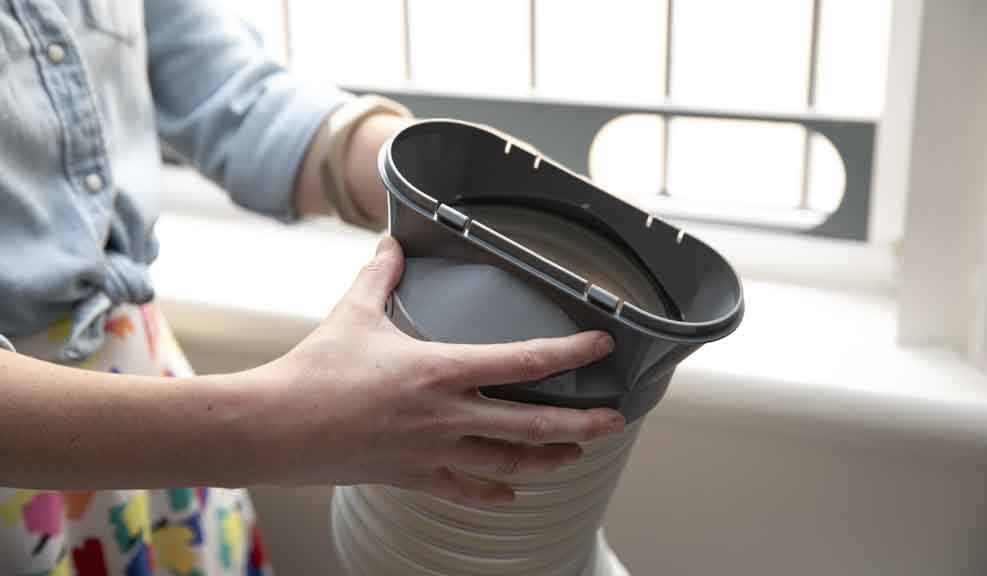

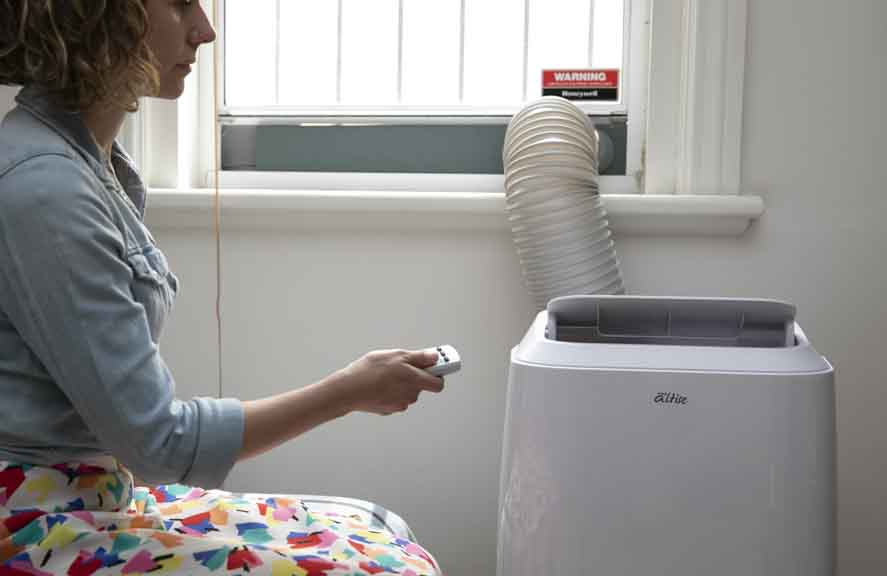
What if my window is bigger than the window kit?
“If the window kit isn’t long enough for your window, you’ll need a DIY solution. Or have someone construct something to block the remainder of the gap,” says Kim Gilmour, CHOICE’s portable air conditioning expert.
“It’s better to do your research and buy one that fits properly the first time, rather than getting the unit home and discovering that your window is too big.”
If you do need something to fill the gap, you could cut a piece of plexiglass or plywood to size.
The portable air conditioners in our test had window kits ranging from 93cm to 197cm (although one didn’t include a window kit). Check our reviews before you buy to find out whether a portable air conditioner is supplied with a window kit long enough for your window.
Hinged window
Only one model we tested included a window kit for hinged windows, but you can buy after-market kits online.
Installation tips
- If you can, make sure the exhaust pipe is as straight as possible, with no kinks or bends. Otherwise air won’t flow through freely and the unit will be less efficient.
- The shorter you can make the exhaust pipe, the more efficient the unit will be.
- Some manufacturers recommend only using alkaline batteries, not rechargeable ones, with the air conditioner’s remote control.
Before you buy
There are big differences between brands. To find one that is quieter and more efficient, see our portable air conditioner reviews.
First things first: check that the spot you have in mind for your portable air conditioner is actually going to work.
Things to check:
- Power: Make sure the cord is long enough to reach the power point nearest to where you want to set up the air conditioner. Using an extension cord with a portable air conditioner poses a potential overheating or fire risk.
- Vent: Check that the exhaust vent is long enough to reach from the unit to the window or door you plan to vent it through.
- Circulation: Portable air conditioners need enough space around them to allow for good air circulation. Allow at least 50cm between the unit and the wall.
- Floor: Portable air conditioners need to be placed on a flat, even floor.
- Window kit: Some portable air conditioners are supplied with filler panels to close the gap in an open window and direct hot air outside. You can buy after-market kits, but many of the models we tested are supplied with a window kit. Just make sure it’s long enough to fit your window.
- Mobility: If you’re planning to move it around the home make sure it’s not too heavy and that it’s easy to manoeuvre, or you might need to pick one spot for it.
- Noise: Many of the portable air conditioners we tested are quite noisy, especially when they’re cranked up too high. If you’re planning to put the unit in a bedroom, think about whether it will affect your ability to sleep. No point being cool if you’re wide awake at 2am!
How to make a portable air conditioner more efficient
- Make sure there’s enough air circulation around the portable air conditioner – at least 50cm between the unit and the wall.
- Put the air conditioner on flat, even ground. A portable air conditioner on an uneven surface can be more noisy than usual.
- Don’t put anything on top of or near the unit.
- Clean the filter regularly – once every two weeks.
If your portable air con isn’t cooling as well as it should…
- Clean any filters, intake and output vents to and from the portable air conditioner – blocked vents will hinder the cooling capacity.
- Is the unit suitable for the size of the room? These portable devices aren’t great for larger rooms, so you might have to use it in smaller rooms instead.
- Are you losing all the cold air through draughts and gaps in the room you’re trying to cool? Make sure you close any doors, seal the vent well so no hot air is sneaking in, and also make sure curtains are drawn to block the sun.
- If you’re using the portable air conditioner on a very hot day, you might need to sit closer to the unit to get the effect of cooling – like a spot cooler.
- Use a ceiling fan to move the cooler air from the portable air con around the room.



